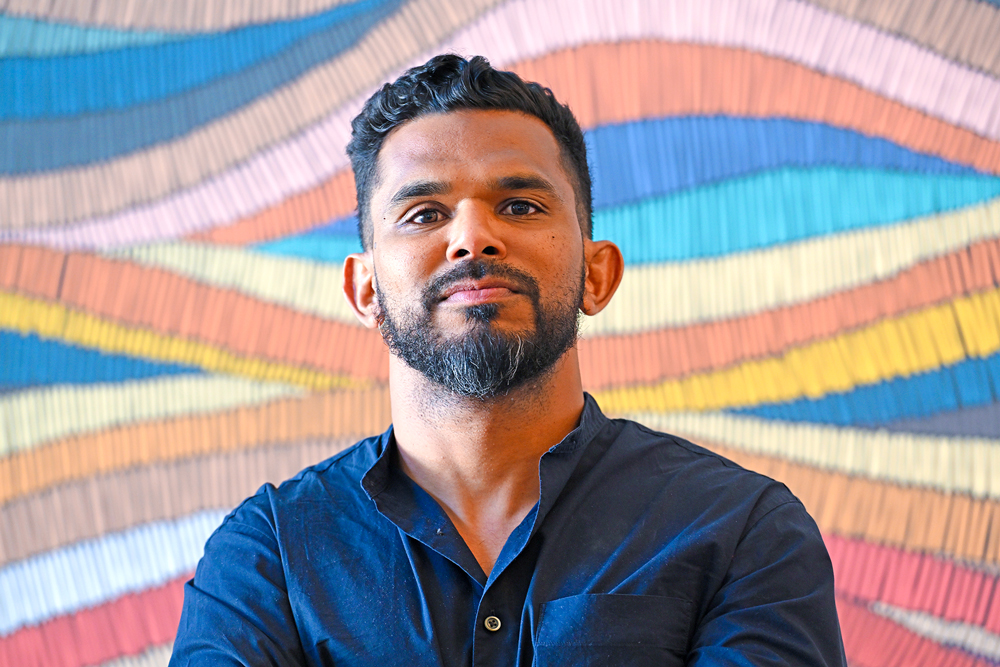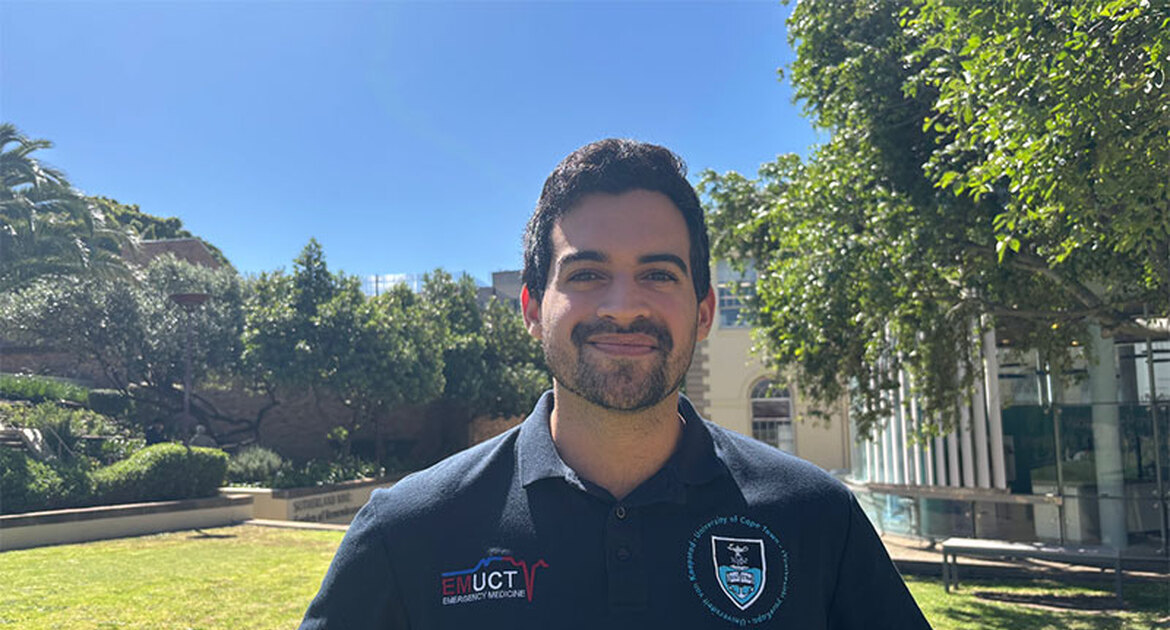Professional athletes, gambling the latest study frontier
17 October 2025 | Story Kamva Somdyala. Read time 4 min.
Dr Sharief Hendricks – the University of Cape Town’s (UCT) senior lecturer in the Division of Physiological Sciences – is once again looking into factors that negatively impact sports players. This time, the focus is on cricketers and gambling, after publishing a study on the mental health of professional cricketers two years ago.
Studies such as these, said Dr Hendricks – who is also part of the Health through Physical Activity Lifestyle and Sport Research Centre (HPALS) – have a positive impact on several stakeholders, including cricketers themselves and the people who are tasked with managing the players. There is also reward for the researchers and academia.
Said Hendricks: “The benefit is that universities partnering with sport governing bodies in this case, helps drive policy. For the South African Cricketers’ Association (SACA), their main pillar is the well-being of the cricketers. As far back as 2015, SACA saw the benefit of evidence-based policy changes.
“Researchers get to work with a unique population (elite cricketers), and they [SACA] drive the research questions and facilitate the data collection to meet the needs of the cricketers. Arguably, this relationship is a good example of engaged scholarship.”
In a recent news article, South Africa’s gambling operators revealed that they generated a gross revenue of R75 billion in the 2024/25 financial year. Furthermore, 60% of the industry’s recorded gross gambling revenue was generated from online betting.

Hendricks and SACA also developed a career transitioning tool for cricketers to help identify gaps for intervention as the cricketer progresses through their career. “Strong athlete identity has been negatively associated with the quality of athletes’ career transitions. This tool helps the SACA player development managers (PDM) focus resources to ensure smooth transitioning into professional sport, the middle phase of their careers and post-retirement.”
Furthermore, the objective of the PDMs is to support players with other off-field-related aspects too; so, players as well-rounded individuals can make the most of their cricket career and are prepared for life after a professional cricket. “[This approach] can most certainly be used in other sports and stakeholder settings; the career transition screening tools themselves may not be as generalisable, and therefore the screening tools may require adapting when implemented in other sports settings.”
With that context in mind, there are other factors that are taken into consideration now as research continues, and that has to do with gambling. Gambling is now a prominent feature around professional sport which requires the attention of researchers.
Avenues for support
A recent report by the National Gambling Board of South Africa, indicated that gambling in South Africa is on the rise. “SACA conducted a gambling survey in 2018, and we conducted a more advanced version of this survey earlier this year. SACA would like to know if this rise in gambling in South Africa is prevalent among professional cricketers too. Moreover, given the ubiquitous nature of gambling marketing in sport, the current study will determine what factors and conditions increase the likelihood of negative gambling behaviours and identify avenues for support,” Hendricks added.
The ubiquitous nature of sports betting signage, sponsorship and nefarious allure of match-fixing have not escaped the South African cricket landscape over the years. For their part, Cricket South Africa (CSA) have implemented several initiatives to help players, staff and fans enjoy their product and collaboration with the club safely and within the regulatory guidelines and laws.
 This work is licensed under a Creative Commons Attribution-NoDerivatives 4.0 International License.
This work is licensed under a Creative Commons Attribution-NoDerivatives 4.0 International License.
Please view the republishing articles page for more information.
Faculty of Health Sciences News
























